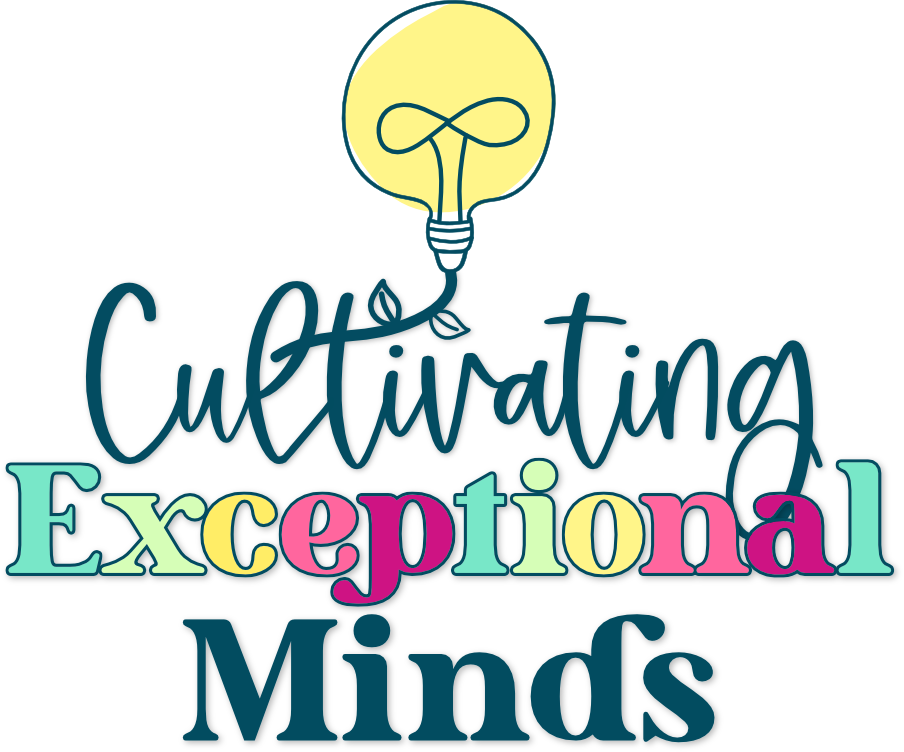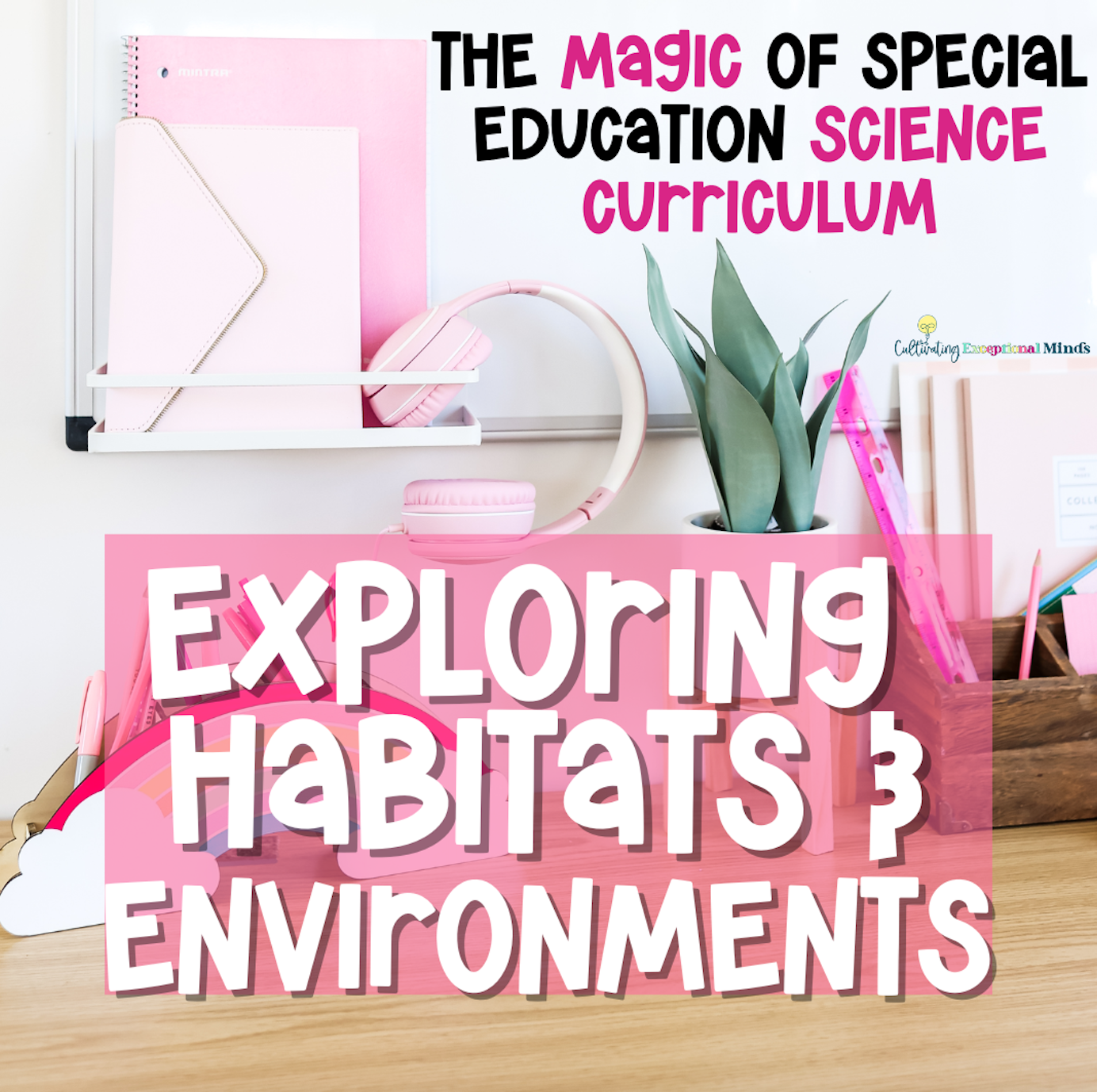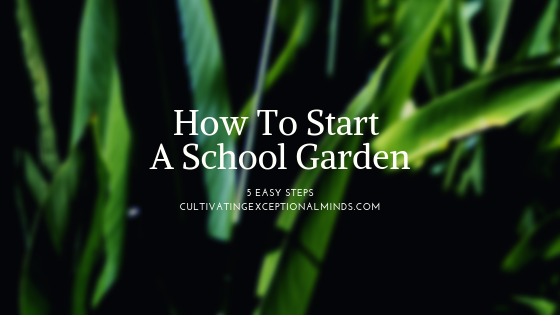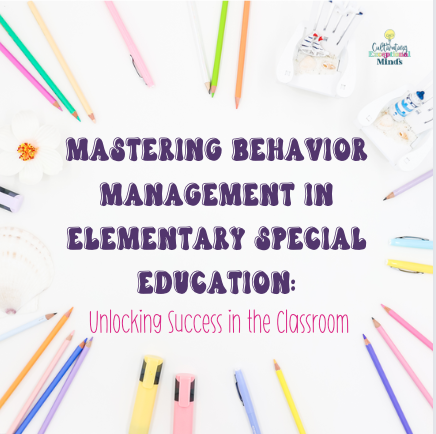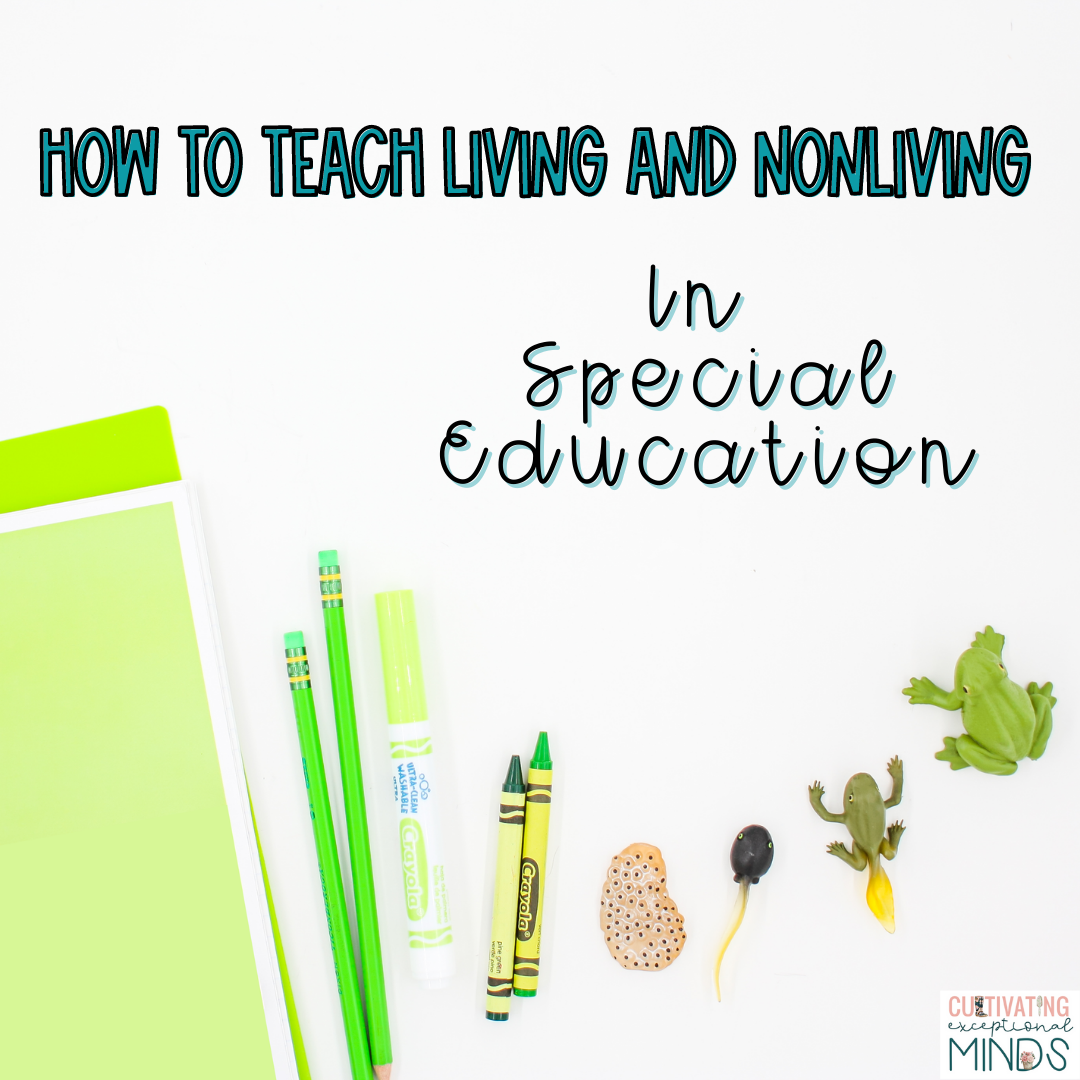Picture this: a classroom filled with eager young minds, each unique, each exceptional. As a special education teacher, you hold the key to unlocking their potential. The journey begins with a captivating science curriculum designed for early elementary students. Today, we’re delving into the enchanting world of Habitats and environments, exploring how it can transform your classroom.
Understanding the What
In the world of special education, a tailored science curriculum is essential. The Habitats & Environments module focuses on the study of ecosystems, animal habitats, and the delicate balance of our planet’s natural world. This curriculum is specially adapted to meet the diverse learning needs of your students.
- FAQ: Q: Why is Habitats & Environments an ideal starting point for the year in special education? A: Habitats & Environments engage students with visually rich content, stimulating their curiosity. It provides a solid foundation for understanding our world, fosters observation skills, and encourages critical thinking.
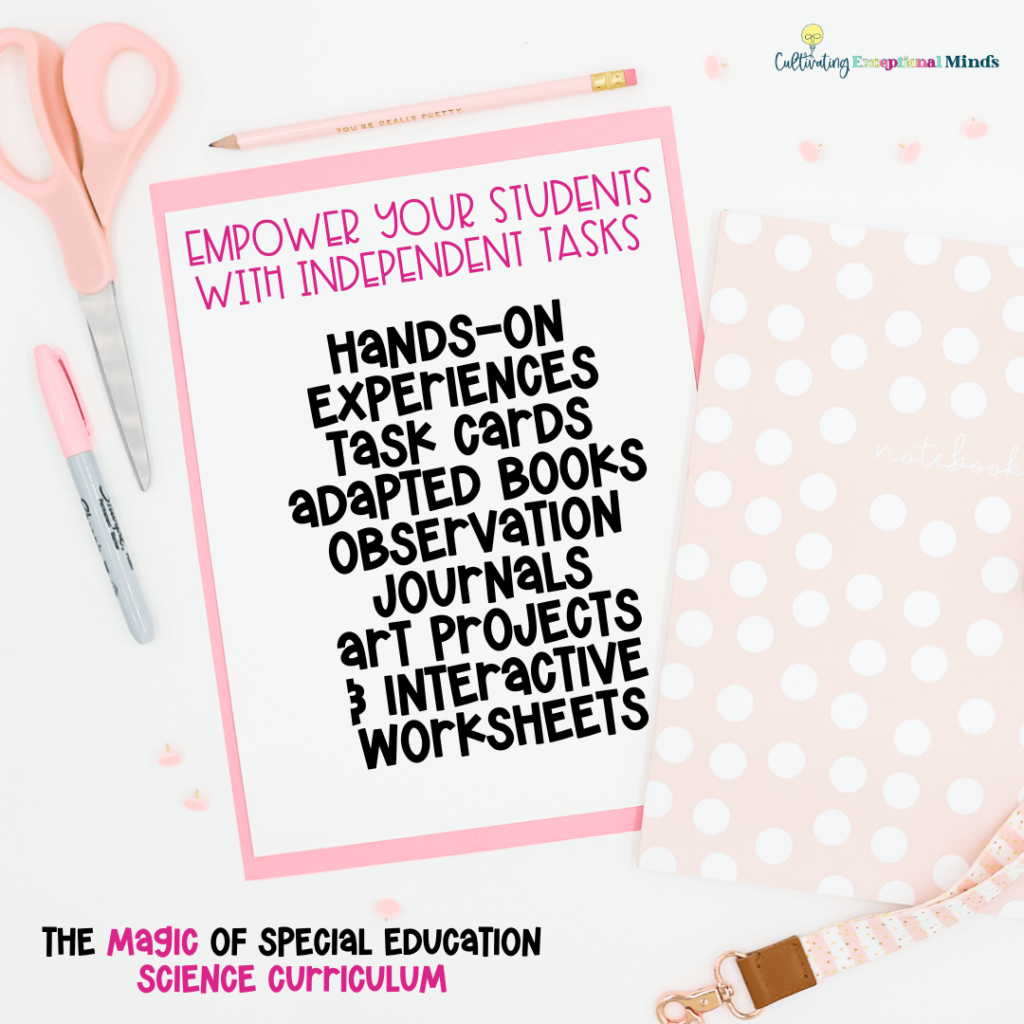
How to Teach Habitats & Environments
Whole Group Activities: In a self-contained special education classroom, whole group activities are a great way to kick off the curriculum. Start with an engaging video or picture book about a specific habitat. Use real-world examples to ensure understanding. Discuss the importance of ecosystems and the interdependence of species.
Independent Activities: Empower your students with independent tasks. Offer a variety of hands-on experiences: observation journals, art projects, and interactive worksheets. This approach caters to individual learning styles and paces.
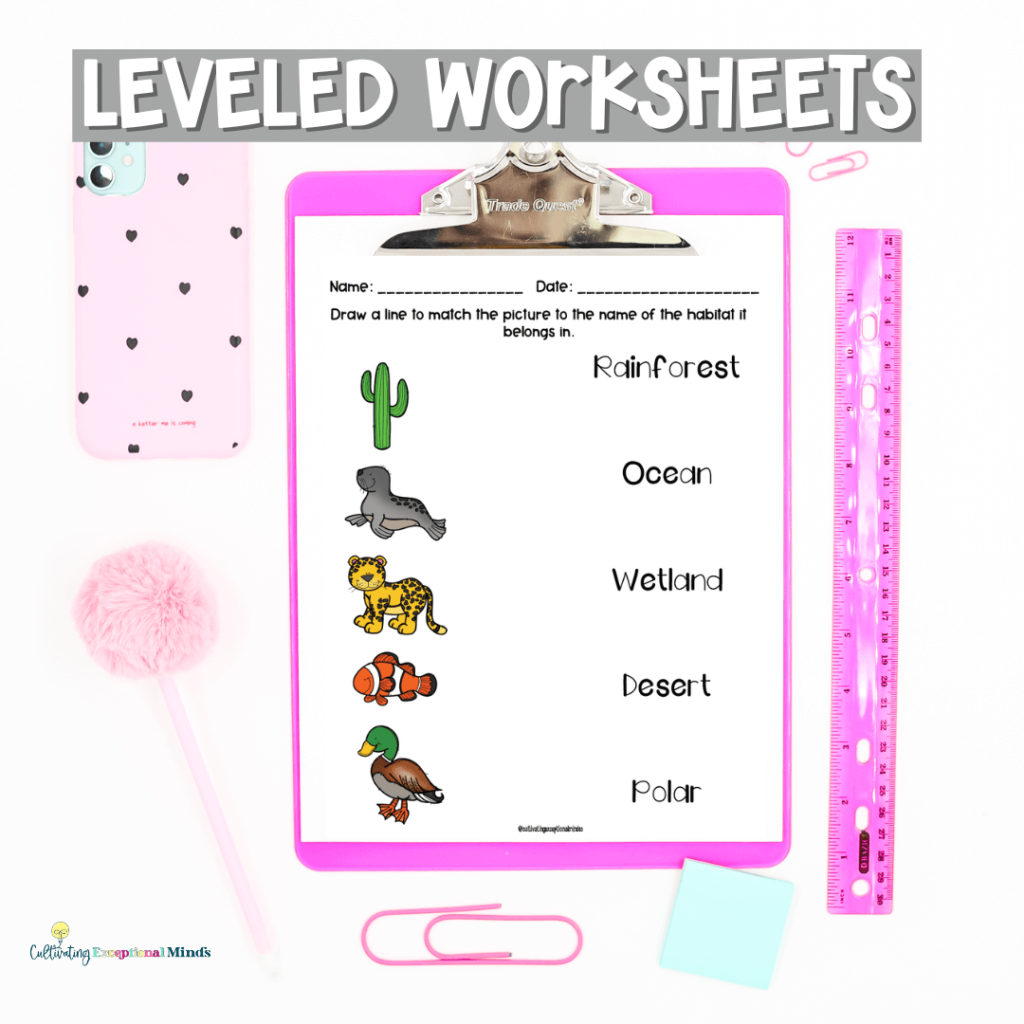
Where It Comes to Life
Your classroom is the stage for this exciting journey. Transform your space into an immersive learning environment. Create a ‘Habitat Corner’ with posters, models, and sensory elements that represent different ecosystems. For independent activities, set up stations that mimic diverse habitats, allowing students to explore and connect with the content.
Story: Imagine the delight on your students’ faces as they gather around a makeshift pond, complete with floating lily pads and toy frogs. They observe the habitat and record their findings in their journals. This experiential learning leaves a lasting impact, making abstract concepts tangible.
Why It Matters
Habitats & Environments is a fantastic starting point for special education teachers for several reasons:
- Inclusivity: It caters to students with various abilities and disabilities, promoting a sense of belonging and success for all.
- Real-world Application: It connects students to their environment, fostering a sense of responsibility and care for the planet.
- Hands-on Learning: The curriculum encourages active engagement, making it easier for students to grasp complex scientific concepts.
- Builds Essential Skills: From observation and recording to communication and teamwork, Habitats & Environments cultivates a range of skills critical for personal and academic growth.
Engage and Reflect
Engage your students with thought-provoking questions like, “Why do animals live in specific habitats?” or “How can we protect our planet’s delicate ecosystems?” Encourage them to share their thoughts and findings, promoting peer interaction and collaboration.
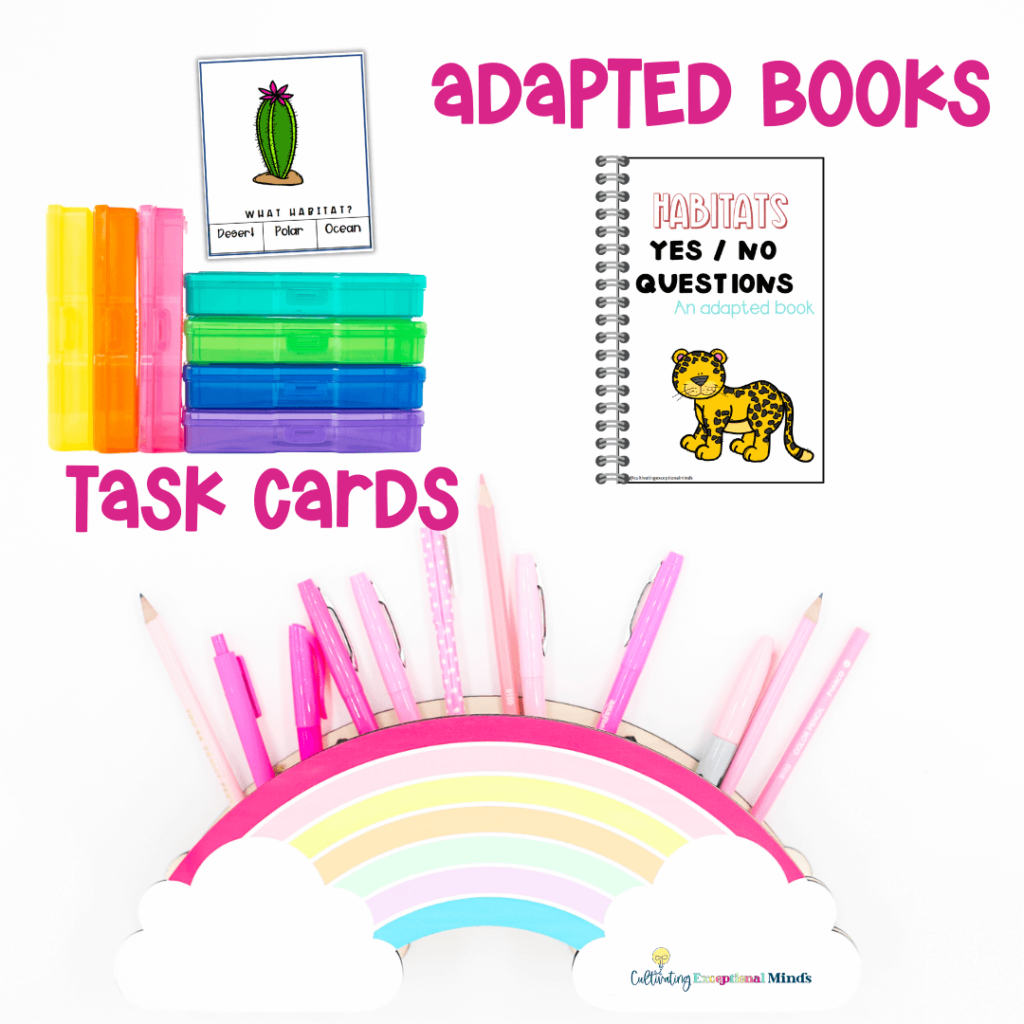
5 Key Benefits of Teaching Habitats & Environments
- Promotes inclusivity and accommodates diverse learning needs.
- Fosters a sense of environmental responsibility.
- Encourages hands-on, experiential learning.
- Develops a wide range of essential skills.
- Creates an engaging, dynamic learning environment.
- Q: Can I adapt Habitats & Environments for students with severe disabilities? A: Absolutely. Tailor the curriculum to suit each student’s needs. Use errorless activities, matching, task cards, adapted books, tactile materials, simplified content, and individualized goals to make it accessible.
Are you ready to embark on this exciting journey with your special education class? Don’t miss out on our yearlong science bundle! Connect with the ‘Cultivating Exceptional Minds Exclusive’ podcast for more insights and join ‘Be The Exception in Special Education‘ for a wealth of tips to grow as a teacher. Plus, grab your ‘Special Education Survival Guide’ freebie to supercharge your teaching journey. Special education science curriculum is all about creating magic in the classroom, and you have the power to make it happen!
